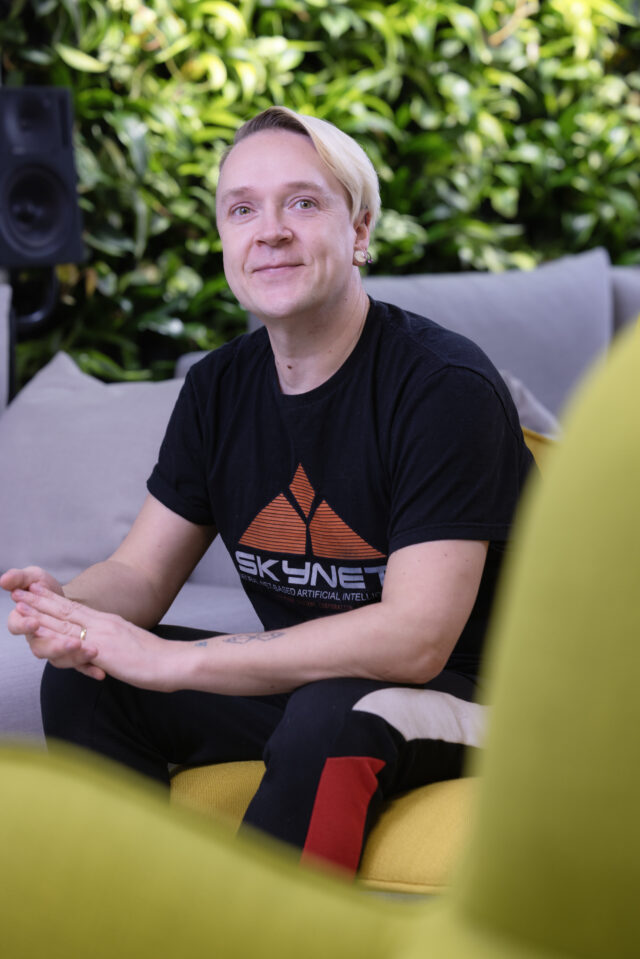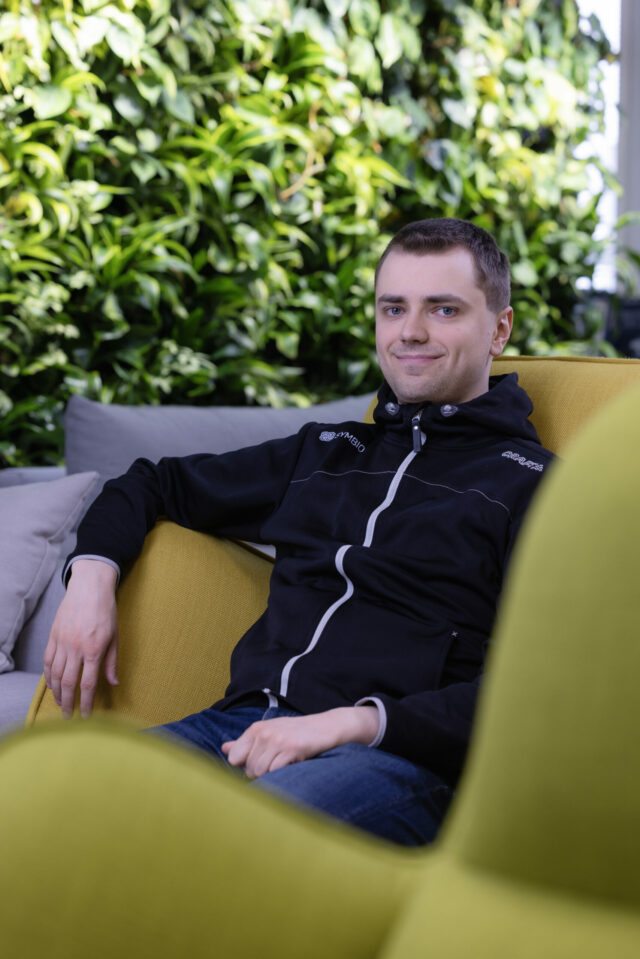Symbio O2 Story
Hierarchical organization models don’t fit for us. We believe in a self-organizing team-based model.
Self-organizing, non-hierarchical teams are nothing new. But still, most companies have not selected an organization model that suit their needs, ending up using the default hierarchical model driven by the PowerPoint org chart templates available for the managing director.
Back in 2020, Symbio’s Mika, Jarkko and Markus met and discussed how we at Symbio might best adapt to the complexity and speed of change of the surrounding world. Very quickly we came into conclusion: the hierarchical organization models previously tried were no more fit. Quoting Einstein ”Insanity is doing the same thing over and over and expecting different results.” Instead, we decided to try something completely different as Symbio organization.
O2 Organization
During a short period of intense study, we set goals to build a team-based organization making decisions quickly on team level, learning from each other and self-organizing ourselves as far as we can. We selected Organic Organization (O2) as the model because it is, like Scrum, based on very few rules, is simple and reasonably easy to understand and adapt.
The rules of O2 are written in the meta-agreements. Instead of management team and a hierarchy of square boxes building silos, O2 consists of organic teams called Circles. The largest circle was named O2 Circle One (O2C1), consisting of Symbio people with largest responsibility areas. So, the life of the O2 organization begun.
How does the O2 work in practice?
In O2, organizational structure is based on Circles consisting of Roles. As an example, People & Culture (P&C) is a circle within the O2C1. It was created with a goal to renew traditional HR, being a cross-functional team of human resources, recruitment and delivery specialists assigned in roles. In two years, the circle has evolved and worked on weekly basis to reach its purpose:
Support Symbio People on every step of our journey to find and live our professional purpose, and to build and communicate our culture together.
A Circle is a Role that has authority to break itself down in smaller Roles, effectively forming a team authorized to fill its purpose. Each circle has essential roles like Outer Link accountable of structuring the circle, and Secretary who arranges the meetings and records the outputs.
How O2 Meetings are Run?
A circle meets regularly. Each meeting is led by the Facilitator and is structured in five modes. In the Review mode, the goal is to give transparency about the work performed by the roles. Tensions are often recognized already in this mode. In the following Sync mode, everyone has an opportunity to get their tensions heard and processed.
If resolving any of the of the tensions would affect the circle structure, such as creating a new role, they are resolved in the Adapt mode. The optional Select mode is used to elect the partners in the essential role. Finally, the Care mode is for team building, just human beings talking each other outside the official roles. The chit-chat moments in the beginning and end of the meetings, are natural ways to build trust and care within the team.
In practice, the five modes give the facilitator and the whole team a practical and efficient way of sharing progress, to get heard and discuss important topics. Most of the time is usually spent on review and sync modes. Most of the meetings are recorded too, to help secretary to capture tensions and decisions, and possibly absent partners to catch up.
During the two years, we have been satisfied with the O2. Symbio O2 organization has evolved to several circles, and helped us to adapt to changes in environment. We see no going back to the traditional organization charts!
07.06.2023 | Articles

Joonas’s Career Story: From Diverse Client Projects to Testing Expert

Symbio Completes Authorization Process to Become Car Connectivity Consortium Digital Key Authorized Test Laboratory

